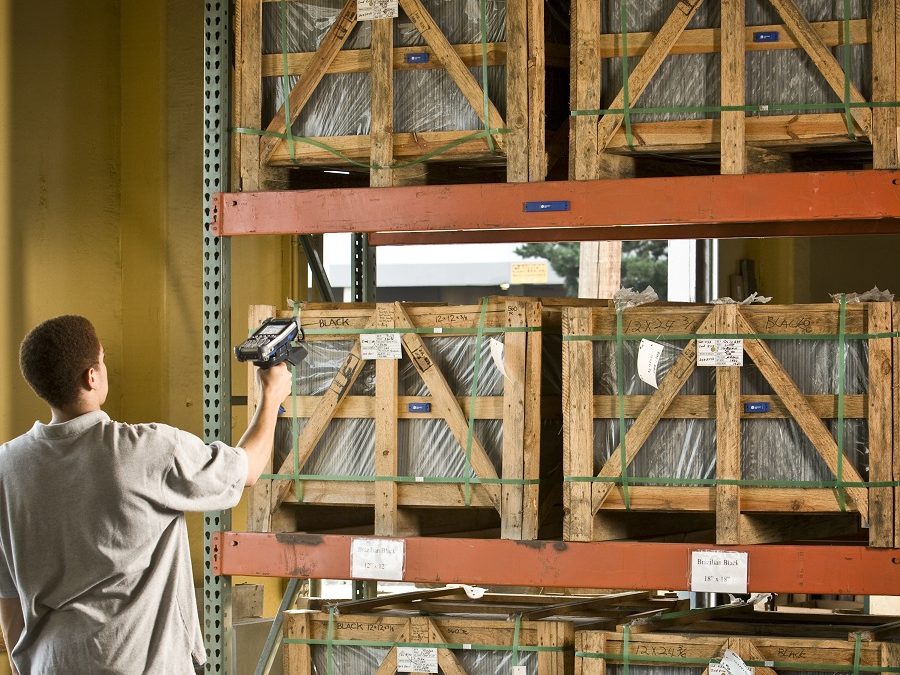In 2017, competition in the supply chain will require companies to ship faster, more accurately, and at a lower cost. If you want your supply chain operation to be successful, pay attention to these three critical warehousing trends for the remainder of the year:
Inventory Reduction
To stay competitive, companies must be able to to respond rapidly to shifts in demand and reduce the financial burden of holding too much inventory, or allowing those inventory stocks to go obsolete. That means they need to better parse demand signals, and do it much more frequently and quickly than they have in the past.
Given the advances in planning and forecasting solutions, and the amount of data being generated across the supply chain and even by products themselves (in the case of connected or “smart” items that are part of the Internet of Things), it is increasingly difficult to justify having large stocks of inventory on hand.
The data (in many industries) is available to better forecast demand and match inventory levels to those numbers successfully. By reducing inventory, companies can not only reduce their carrying costs, but also reduce the need for storage space or new warehouse facilities.
Last Mile Logistics
Most shippers and logistics companies have optimized their supply chain operations between hubs and distribution centers. Orders can be rapidly processed and then shipped from a warehouse, loaded on a plane or truck, and quickly distributed to other facilities.
Where many companies face a bottleneck is the last mile of delivery – the final step of getting the shipment from the warehouse to the customer’s doorstep, whether that is a residential home or a commercial business. Omni-channel retail has also increased focus on last-mile delivery as more companies are faced with distributing goods for both at-home delivery and in-store pick-up.
Effectively routing and delivering dozens or hundreds of individual boxes within a neighborhood or business corridor is inherently inefficient, expensive, and the least productive part of the supply chain. Companies are now focusing on ways to better optimize those routes and find alternative methods of getting items to customers.
Crowd-source logistics alternatives, Uber-style logistics hailing, Amazon’s fleet of local drivers, smart lockers, curbside pick-up, and even delivery robots and drones are either currently in use or in development.
As these alternative methods expand, the importance of accurate barcode scanning and printing will grow as well. The use of mobile computers like the Honeywell Dolphin 99EX or Dolphin 7800 device can help ensure accurate last-mile delivery via reliable scanning.
Reverse Logistics
E-commerce has grown rapidly. While the volume of purchases made online has expanded, e-tailers’ ability to handle returns has not necessarily kept pace. Because customers can’t see or try-on purchases ahead of time, a much higher proportion of goods purchased online get returned.
In the brick-and-mortar days, returns simply involved taking the product back to the store where you bought it. Online purchases are trickier, and returns are expensive to handle for every stakeholder in the supply chain.
Companies should prepare to see more returns, and have a plan (and technology) in place to more efficiently manage them. That means an investment in reverse logistics technology and process optimization.
For omni-channel retailers with a physical presence, online goods can be returned to brick-and-mortar stores – but software systems have to be in place so that the returns can be properly managed. For e-tailers, there has to be a system in place to make it easy for consumers to ship the item back to the seller with minimal hassle.
The returns management system should be integrated into the warehouse management and ERP systems so that returns can be handled in a more streamlined fashion, and so that employees can make informed decisions about how to route those items when they arrive at a warehouse.
As retailers and e-tailers head into the busy holiday season, these three warehousing trends will play an even more important role in supply chain performance.




